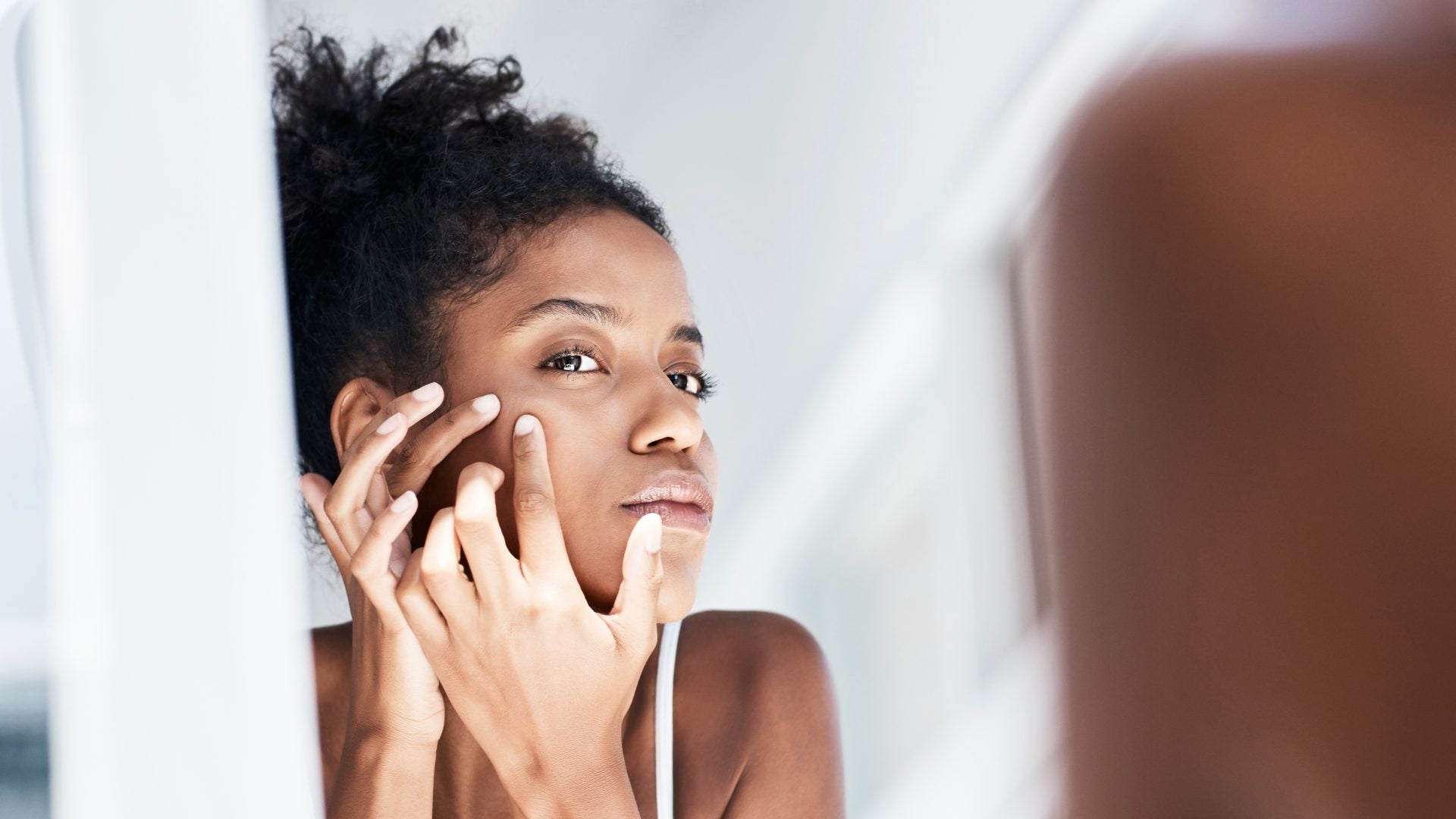
Pulling off a pore strip to a prickly pile of white pus may sound appealing– but is it as effective as it looks? “Pore strips usually have an adhesive that binds to pores and unclogs them,” double board-certified pediatric and cosmetic dermatologist, Dr. Karan Lal tells ESSENCE. However, the actual usefulness behind your pus-covered strip may shock you. “They claim to remove blackheads but in fact they don’t,” Lal debunks.
Below, Dr. Lal and Dr. Bhanusali explains the science behind pore strips– shedding light on what they really do.
What is a pore strip made of?
“There is a portion that is made of insoluble fiber (the outer portion),” Lal says. “The side that applies to the skin has an adhesive.” Although there are different pore strip options– from the popular Bioré deep cleansing strip to the latest (and cutest) Starface lift off pore strips– most have a similar composition. “Some adhesives are infused with other ingredients but in reality it’s the sticky side that does the work,” Lal says.
What are blackheads?
Also known as an “open comedone,” blackheads are a type of acne that can form when excess oil and dead skin build up in the pore. “Sticky skin cells form a keratin ball, which then gets oxidized by the outside air, and appears as a blackhead,” Lal says. “Blackheads can be caused by hormonal stimulation, occlusive agents, such as various make ups, pollutants, and certain pomades.”
Do they effectively remove blackheads?
At face value, pore strips appear to pull out the gunk from black- and whiteheads. However, “the adhesive from the strip sticks to the oils, and keratin in the pores,” Lal says. “When the strip is removed it pulls all of the oils and keratin out.” Although you can use a pore strip to clear up your nose, “they don’t remove blackheads,” Lal debunks. “They remove sebaceous filaments and oxidized gunk from your pores.”
Contrary to popular belief, “blackheads often need to be extracted,” he says. They do not prevent blackheads or sebaceous (oil) filaments from forming, which is why extractions are an expert-recommended solution for pore-cleansing. Celebrity dermatologist at Hudson Dermatology and Laser Surgery, Dr. Dhaval Bhanusali also warns “sometimes opening your pores could instigate a break out so be wary of doing this close to major events.”
Can pore strips harm the skin?
When used incorrectly or too frequently, skincare products (like retinol) can cause more harm than good. “They can work in the short-term but that tends to be only temporary and can cause trauma to the skin surface,” Bhanusali says. “We’ve certainly had some disasters where patients have taken off part of their skin and needed to come get checked.”
What alternatives do experts recommend?
“We tend to not recommend pore strips given the effects don’t last and there are many better options out there,” Bhanusali says. “I like 2% salicylic acid,” citing the ingredient can penetrate the pores and break down pimple-causing debris. Like salicylic acid, other BHAs can reduce pore congestion and blackhead density as well. “I also like pimple patches which can help alleviate some redness and swelling, and often deliver actives to the site.”




